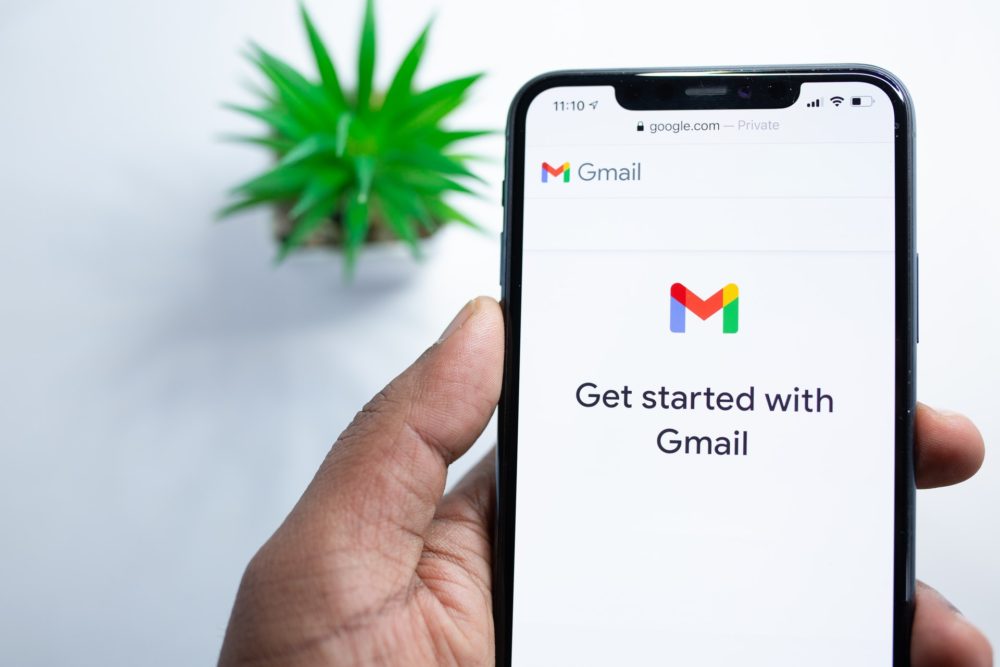Timeline of communication technology: From coded messages and pigeons to the telephone or email, we’ve been developing new ways of communicating for as long as we’ve been on this planet.
Since the dawn of time, humans have depended on communication to exchange ideas and information. When it comes to sending critical information to loved ones, friends, and business contacts, we now rely on advanced technology. The technology that we take for granted now was not always around. There are several ways in which people have communicated with one other throughout history. The advancements in science at the time necessitated these procedures.
 Timeline Of Communication Technology
Timeline Of Communication Technology
Writing
Agrarian societies led to the development of the written language. Approximately 9,000 years ago, the transition from hunting-based communities to non-nomadic lives based on agriculture occurred. Humans understood the need for record-keeping of property and commerce, which led to the development of writing. In the beginning, images were used to symbolize the things that were being discussed. Pictures began to symbolize sounds as cultures progressed. When it came to Western culture, the language of images eventually gave way to the alphabet. Words may be formed by connecting letters.\
Drawing
Among the earliest forms of human communication are prehistoric cave paintings. Some early people sought refuge from the weather and carnivorous animals in caves. It was common to practice for cave dwellers to create drawings just on walls of their dwellings to transmit important events, ceremonies, or concepts. At a time when verbal communication was inadequate to express these ideas, artists turned to sketch.
Printing
Documents were traditionally handwritten, which took a long time. In the past, writing was a talent reserved for a select few, many of whom were clergymen. Block printing became widespread in Europe throughout the fourteenth century. Single etched wooden blocks were used to produce single words or characters in block printing. This was a costly and inefficient procedure. Johannes Gutenberg, a German goldsmith, created the first printing press using moveable blocks in 1454. By making books more inexpensive and widely available, Gutenberg transformed book manufacturing into the timeline of communication technology.
Telephone
Other advancements in communication technology may be traced back to the telegraph’s inception. Elisha Gray & Alex Graham Bell used the principles of the telegraph to convert voice into an electric signal. This electrical communication, in contrast to the telegraph, was converted back to voice. The telegraph fell extinct as a result of this innovation, which was much more famous than the principle it was built on.
 Telegraph
Telegraph
It was simpler to communicate when the printing press was invented, but the written word may take days or weeks to get to its destination. A speedier method of transmitting information was sought by scientists. In the latter half of the 18th century, French scientists devised a method of transmitting information using light. Improved by the invention of a mechanism that converted spoken words into electrical impulses, Inventor named Samuel Morse revolutionized this approach. His telegraph was widely used as a fast means of communication.
Digital Technology
Timeline of communication technology ushered in a new era of mass communication. Computers have long been used to solve complicated mathematical problems. Scientists eventually came to recognize that computers might be used for more than just data storage and transmission. In 1989, scientists were able to transmit papers electronically using a system that served as a forerunner to the Internet. There was a short period before the Internet was made available to the general population. As a result of this advancement in technology, people could communicate more quickly than ever before.
When the electrical telegraph was established in 1831, it was one of the most significant advancements in communication. Electrical engineering revolutionized communication in the 19th century, even though the post was already in use before this era.
Even in business, the use of digital means of communication has supplanted practically all conventional types of communication. At work, I can’t recall the last time I sent a letter in the mail rather than an email; even my signature has gone digital. Instead of calling someone, I use FaceTime, Zoom, or Google Hangouts.
When I think about how far we’ve come as a society, it’s just amazing.
The Internet Is
Due to technological advancements such as emails, text messaging, voice-over IP (VoIP) conversations, and video chats that may be two-way or three-way, internet Internet has had a profound influence on how people communicate since the mid-1990s.
For many individuals, the internet makes it possible to keep in touch with loved ones no matter where they are or what time it is. It has sped up the tempo of business and expanded the range of options available to companies. Individuals may now freely express themselves through several mediums, including social media, YouTube, and even via the creation of viral internet memes. We’ve never been more linked or separated than we are now because of the internet timeline of communication technology.
 The Telephone
The Telephone
Within 50 years after its invention in 1849, the telephone became an important tool in both households and workplaces, but tethering had a significant influence on the device’s flexibility and privacy. Afterward, there was the smartphone. It was Motorola’s introduction of the first mobile phone in 1973 that set in motion a series of innovations that would have a profound impact on how people communicate for the rest of time.
To bridge the gap between phones & personal digital assistants, early smartphones were largely targeted at the business sector. However, these devices were bulky and had limited battery life. QWERTY keyboard phones were Nokia’s first to be released in 1996, while Android’s first touchscreen-only phones were the majority by 2010.
Since then, Apple has been a driving force in the design of contemporary cellphones, launching its first iPhone in 2007. Smartphones featuring a split keypad and display were the standard before the iPhone’s release. A central application shop with 500 downloadable ‘apps’ was offered a year later. Over two million applications are now accessible on the Appstore with a timeline of communication technology.
For better or worse, email has had a profound impact on our lives since it was presented to the public in 1991 (even though it had already been in use for some time). When email was initially introduced, it was utilized mostly by educational institutions and the military. Over 3.8 billion people used email in 2018, which is moreover half the world’s population. More than 332 billion emails will be sent each day by 2022, according to estimates.
While email is indispensable and we can’t fathom life without it, new technologies are emerging that give email a run for the money. One of the most popular examples of this is Slack (an abbreviation for “Searchable Log of All Communication” and Knowledge”), a firm that was founded in 2014. With 10 million individuals logging into Slack every day, it has become the world’s most popular conversation and work application. As a result, Slack’s enhancements have assured that those who still depend heavily on email may participate in collaborative work.
Virtual Reality (VR)
Virtual reality’s next generation has only been since 2016, yet it has already had a significant impact on the way people communicate with one another. Even if players are located on different continents, the beauty with VR—presence—means that you may connect to people in a similar area at the same time without the time and expense of travel.
Improved communication may also be facilitated by using virtual reality (VR). A great deal of information is sent nonverbally during a regular conversation, and this information may be captured in virtual reality. Understanding the participants’ feelings and intentions is substantially aided by the tone of voice, stutters, head and hand gestures. Timeline of communication technology, with addition, in virtual reality, there are no distractions and individuals can completely concentrate on what is going on around them. MeetinVR states that while meeting in virtual reality, attention spans rise by 25 percent.
Research has shown that we retain more knowledge and are better able to apply what we’ve learned in virtual reality. There are linguistic and technological limitations to 3D communication, but they may be overcome via the use of 3D.
Wearable Technology
Handsfree mobile headsets were the first examples of wearable technology, introduced in 1999, and have since become associated with city workers. It made it possible for entrepreneurs to accept calls while driving, which was very essential.
It would have been science fiction if, ten years ago, you can make a video connection from anything other than a phone. With smartwatches, headphones, and other wearable technologies, these skills are already a part of our everyday life.
5G
As a result, the 5th development of cellular networks offers much faster data upload speeds rates, more coverage, and more consistent connections. Improved communication is expected as a result of these advantages. There will be no more frustrating video calls thanks to instantaneous communication.

At this point, people are already talking about 6G. Even though it’s still in the early stages of development, it’s intriguing from an innovation standpoint. The linked world will be built around 6G.



 Timeline Of Communication Technology
Timeline Of Communication Technology  Telegraph
Telegraph The Telephone
The Telephone